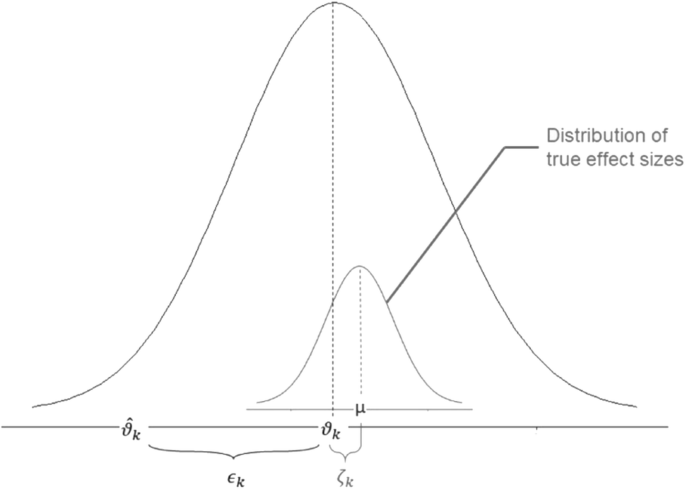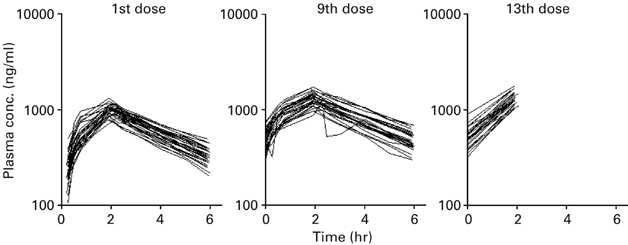


This fixed population model is then used to produce the pharmacokinetic predictions necessary to study the pharmacodynamics. Some investigators have instead applied what we describe in this investigation as the PK(predicted)-PD approach, where the individualized pharmacokinetic model is replaced by a population pharmacokinetic model obtained from existing literature. However, drawing blood samples is not always practical or possible in some clinical situations. The methodologically best approach is the classic PK-PD approach in which population and individualized pharmacokinetic models are estimated using blood samples drawn from the study patients and the individualized pharmacokinetic model used for subsequent pharmacodynamic estimation. To study propofol pharmacodynamics in a clinical setting, where dosing varies according to patient requirements, a pharmacokinetic model must be used to predict drug plasma concentrations.


 0 kommentar(er)
0 kommentar(er)
